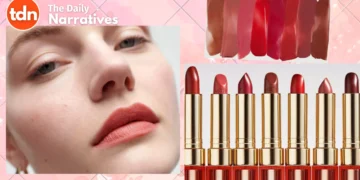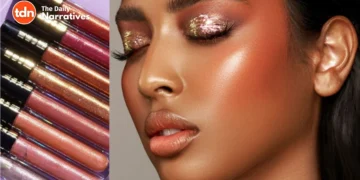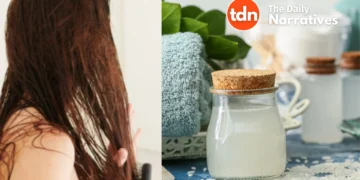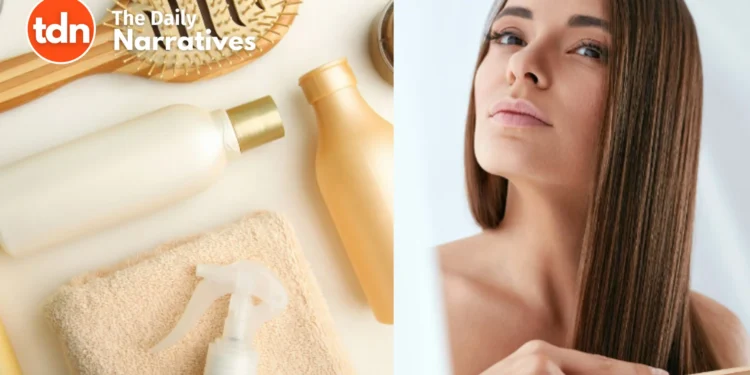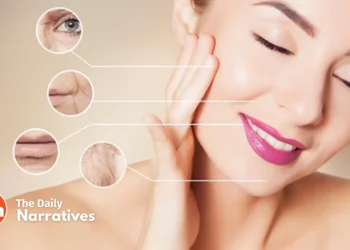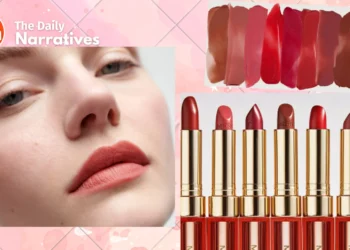Table of Contents
Having fine hair is a blessing. If not properly cared for fine hair can easily become prone, to stretching, breakage and other issues that harm its nature. While we may not have control over how our hair grows but we do have the power to manage how we care for it. Dealing with hair requires an amount of maintenance.
Follow these guidelines to ensure your delicate hair strands remain in their healthiest condition
Guidelines
- Prefer for a volumizing shampoo. Incorporate a clarifying shampoo into your routine once a week. So, the key to caring for hair is using a quality thickening shampoo.
- Avoid shampoos containing sulfates – these detergents commonly found in many products.
- Over time sulfate based shampoos can weaken the hair follicles. That Make your strands more prone to breakage and thinning.
- A volumizing shampoo can help boost volume at the roots and replenish nutrients in depleted strands.
- Avoid washing your hair too frequently.
- Fine hair should only be washed two to three times a week to prevent oil production, which can lead to dull hair.
- When using conditioner remember it can work more especially if you’re using with a volumizing shampoo.
- Remember to brush your hair. Fine hair is prone to tangling, which can cause breakage if left unattended. Brushing helps stimulate the scalp and promote growth.
- There are types of brushes for thin hair. When brushing start from the roots. Work your way down gently. It’s advisable to use a brush with flexible bristles like a natural boar bristle brush to prevent stress on the hair.
- Use scalp oils as they can create a nourishing environment, for hair growth.
- Using hydrating oils, like argan, shea, almond, sunflower and safflower is a practice to moisturize the scalp and strengthen the skin barrier.
- Massaging these oils onto the scalp helps improve circulation. Can stimulate hair growth.
- Another effective method for enhancing hair strength and growth is using rice water. It contains minerals, vitamins and amino acids that provide effects to both the hair and scalp.
- Regular haircuts and trims are essential for maintaining healthy hair. Keeping your hair trimmed regularly is key to achieving its strength and length.
- Fine hair requires trims as it is prone to split ends that can cause the strands to become thinner over time.
- The recommended time frame for scheduling another haircut varies depending on hair types. Stylists typically suggest every six to eight weeks as a guideline, for setting your appointment.
Does volumizing mousse really work?
For added volume try incorporating volumizing mousse into your styling routine. Selecting the hair products for hair can be tricky as not all “volumizing” products are suitable—some may even strip moisture from your hair making it brittle. Avoid products, like pomades, oils, waxes or any product designed to coat the hair as they can make your hair appear weighed down.
Avoid using protein treatments on your hair as they can make it feel heavy due, to the coating effect. Instead opt for products that focus on adding moisture and volume. For instance try applying a volumizing mousse from roots to ends to thicken your hair without weighing it down.
Is it healthiest to let your hair air dry?
Remember to air dry your hair until its 75 percent dry as wet hair is prone to stretching and breaking. Using a detangler designed for hair can help protect it during this stage.
For added shape and volume at the roots try blow drying down. This technique creates a blown out look while minimizing damage to your strands.
Does Limit the heat styling really work?
To prevent breakage in your hair limit the use of heat styling tools as they can cause damage easily due, to its nature.
If you need to style your hair with a curling iron opt, for one that has a heat setting and additional features to safeguard hair.
Of using heat styling tools consider using hair rollers as an alternative.
When using rollers separate the hair section based on the rollers diameter (use a two inch section for a two inch roller).
Key Notes
- Gentle Handling: Treat fine hair with care by using a soft brush and avoiding harsh pulling or tugging during styling.
- Moisturize and Protect: Use lightweight, hydrating products to prevent dryness and breakage without weighing hair down.
- Regular Trims: Keep fine hair healthy and prevent split ends with regular trims, promoting overall hair health and growth.






























